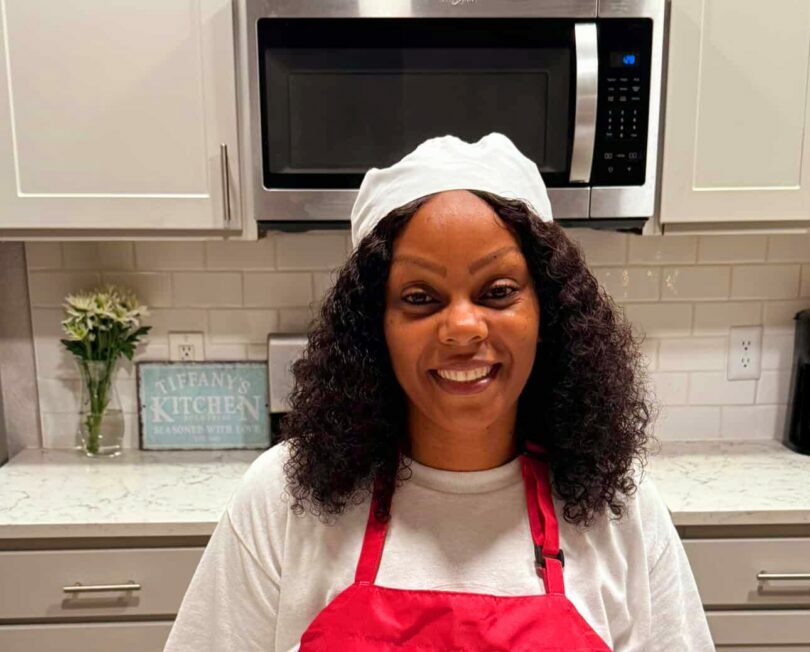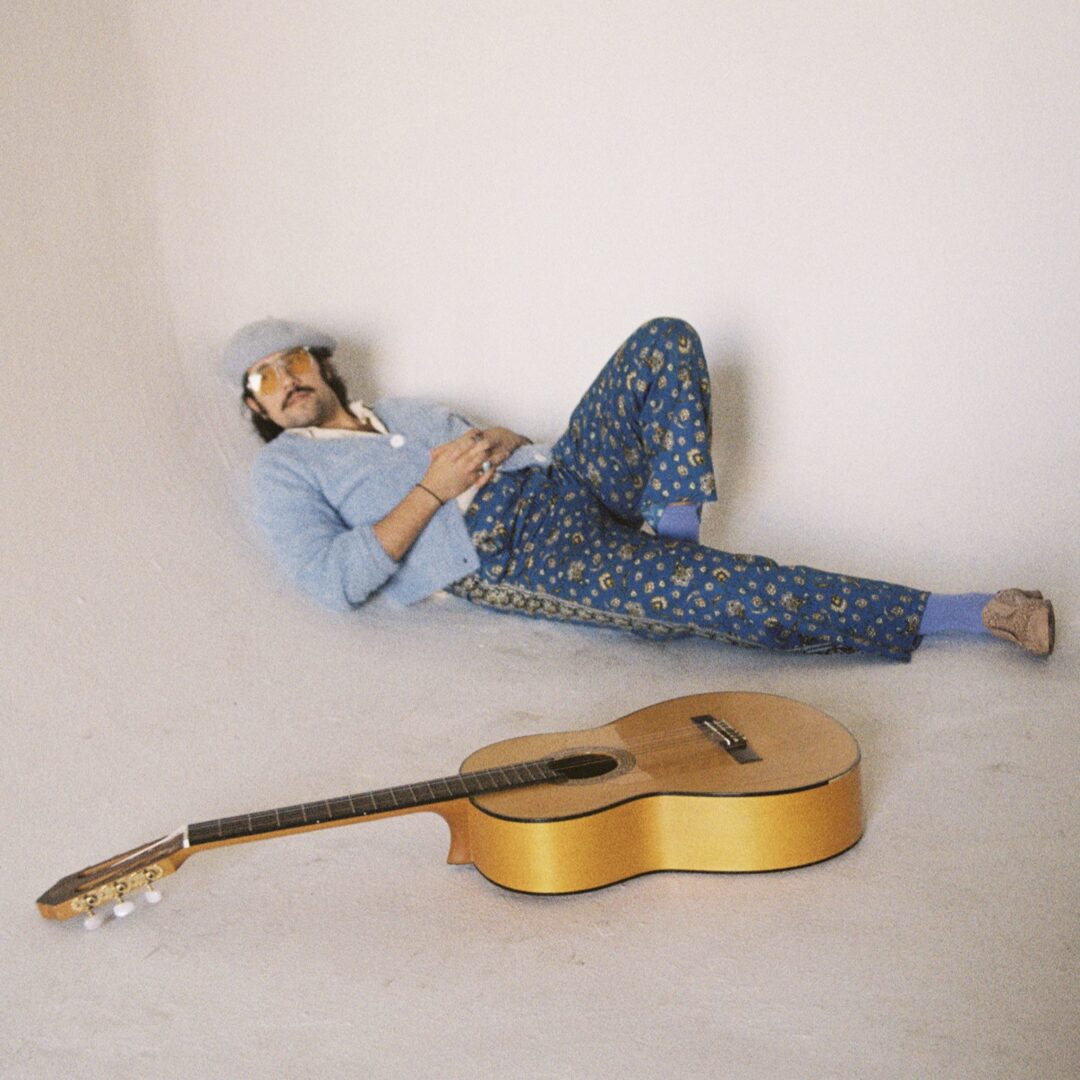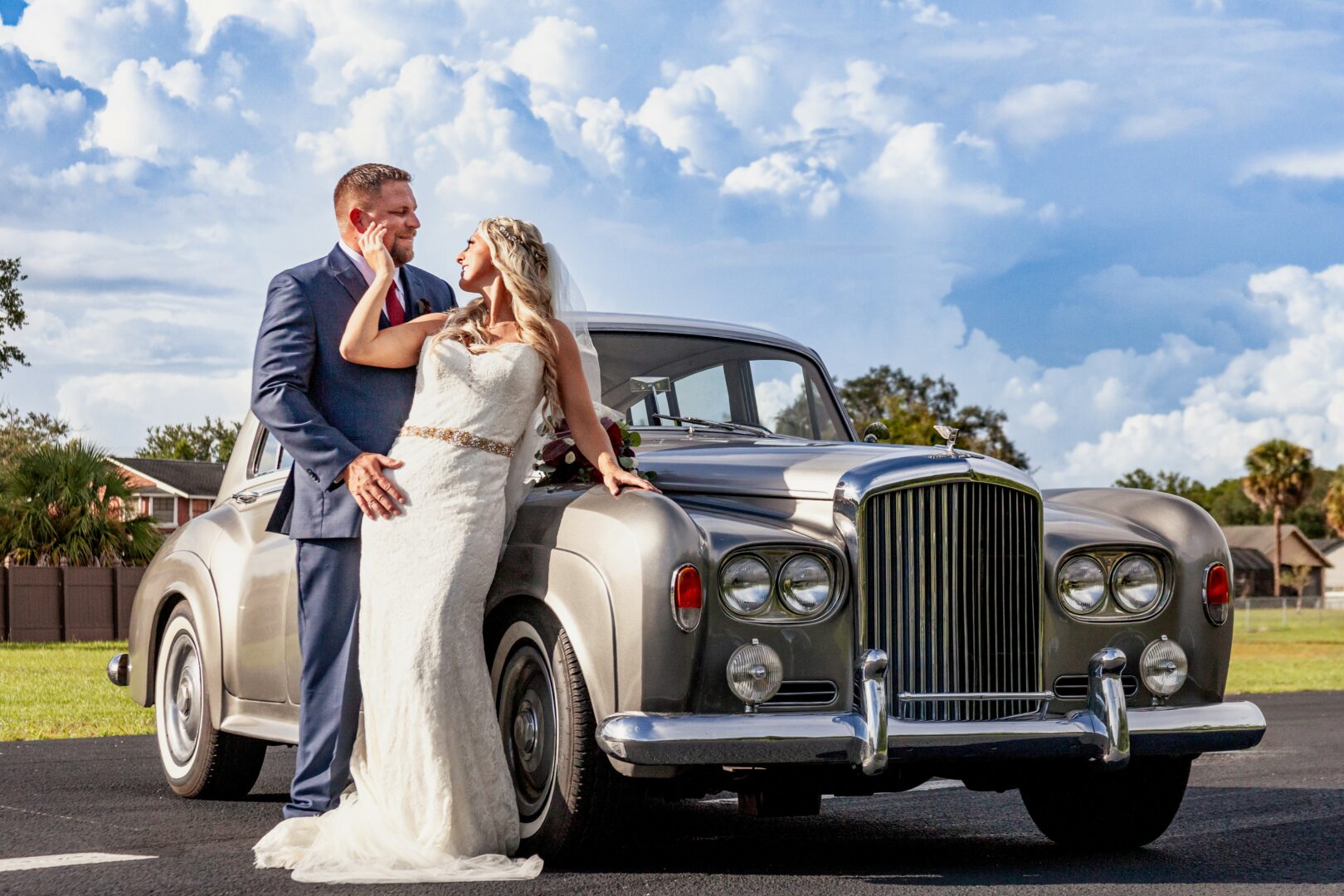We were lucky to catch up with Lily Chen Kokoefer recently and have shared our conversation below.
Hi Lily Chen, we’re so appreciative of you taking the time to share your nuggets of wisdom with our community. One of the topics we think is most important for folks looking to level up their lives is building up their self-confidence and self-esteem. Can you share how you developed your confidence?
Developing confidence and self-esteem has been a gradual and deeply personal journey for me as an artist. In the beginning, like many creatives, I struggled with self-doubt and the fear of judgment. But over time, I realized that art is inherently subjective, and there’s no single “right” way to create. What helped me most was embracing my unique voice and trusting my instincts.
I started by setting small, achievable goals—whether it was completing a piece, sharing my work with a close friend, or participating in a local exhibition. Each step forward, no matter how small, built my confidence. I also learned to view criticism as a tool for growth rather than a reflection of my worth. Surrounding myself with supportive peers and mentors who believed in my potential was crucial—they reminded me to celebrate my progress, even when I couldn’t see it myself.
Most importantly, I’ve come to understand that confidence isn’t about being perfect or universally loved; it’s about being authentic and resilient. Every piece I create is a reflection of my journey, and that in itself is something to be proud of. Over time, this mindset has allowed me to stand firmly in my identity as an artist and to approach my work with both humility and self-assurance.


Great, so let’s take a few minutes and cover your story. What should folks know about you and what you do?
I am a visual artist specializing in realistic portrait painting, but my journey has recently taken an exciting turn toward a more fluid and expressive style using watercolors. For years, I was deeply focused on hyper-realistic portraits, where precision and detail were my guiding principles. It was a meticulous process, and I loved the challenge of capturing every nuance of a subject’s expression, texture, and personality. That phase of my career taught me patience, discipline, and a deep appreciation for the subtleties of human emotion.
However, over time, I felt a growing desire to explore a different side of my creativity—one that allowed for more spontaneity and emotional freedom. This led me to transition into loose watercolor paintings, where I can embrace imperfection and let the medium guide the narrative. There’s something incredibly liberating about the unpredictability of watercolors; it feels like a dance between control and surrender. This new style has allowed me to focus more on mood, movement, and the essence of a subject rather than its literal representation.
What excites me most about this shift is the way it has reconnected me to the joy of creation. My work now feels more intuitive and personal, and I love how each piece tells a story not just through the subject, but through the flow of the paint itself. It’s a style that invites viewers to engage with their imagination and interpret the emotions behind the brushstrokes.
As for what’s next, I’m currently working on a new series of watercolor floral and landscape pieces that explore themes of identity, .my goal is to have my own solo exhibition later this year, where I’ll showcase this evolving body of work. It’s a deeply personal project, and I will be to very happy to share it with the world.
Ultimately, my art is about connection—whether it’s through the lifelike precision of a portrait or the evocative abstraction of a watercolor piece. I hope my work resonates with people, sparks conversations, and reminds them of the beauty in both detail and spontaneity.


If you had to pick three qualities that are most important to develop, which three would you say matter most?
Looking back on my artistic journey, three qualities have been particularly impactful in shaping my growth and success: resilience, curiosity, and self-awareness.
Resilience: The path of an artist is rarely linear, and it’s filled with challenges—self-doubt, rejection, and the inevitable learning curves. Resilience has been my anchor. It’s what kept me going when I felt stuck or discouraged. Early on, I learned to see setbacks not as failures but as opportunities to grow. My advice to those starting out is to embrace the process, not just the outcome. Celebrate small wins, and remember that every “mistake” is a stepping stone to something greater.
Curiosity: Curiosity has been the driving force behind my evolution as an artist. It’s what pushed me to experiment with different mediums, techniques, and styles. When I felt confined by the precision of realistic portraits, my curiosity led me to explore the fluidity of watercolors, which opened up a whole new world of expression. For those early in their journey, I’d encourage you to stay open and curious. Try new things, even if they feel outside your comfort zone. You never know where inspiration might strike or how it might transform your work.
Self-awareness: Understanding my own strengths, weaknesses, and creative voice has been crucial. Self-awareness allowed me to recognize when it was time to pivot, like when I shifted from hyper-realism to a looser, more expressive style. It also helped me stay true to my vision, even when external opinions pulled me in different directions. My advice here is to take time to reflect on your work and your goals. Ask yourself what truly excites you and why. Developing self-awareness takes practice, but it’s worth it—it’s the foundation of authenticity in your art.
For anyone early in their journey, my biggest piece of advice is to be patient with yourself. Growth takes time, and there’s no “right” way to be an artist. Surround yourself with supportive people, seek out inspiration, and most importantly, keep creating. Your unique voice and style will emerge as you continue to explore and evolve.


All the wisdom you’ve shared today is sincerely appreciated. Before we go, can you tell us about the main challenge you are currently facing?
One of the biggest challenges I’m facing right now is navigating the rapid rise of AI in the creative industry. AI tools are transforming how art is made, shared, and consumed, and it can feel overwhelming to keep up with such fast-paced changes. While I see the potential of AI as a tool for inspiration and efficiency, I also worry about its impact on the uniqueness and authenticity of human-created art.
To cope with this, I’m focusing on what makes my work distinctly mine—my personal perspective, emotions, and the tactile connection I have with my materials. I’m also experimenting with ways to integrate AI into my process without letting it overshadow the human touch that defines my art. For example, I might use AI to generate ideas or refine concepts, but the final execution remains deeply rooted in my handcrafted techniques.
Ultimately, I believe the key is to adapt without losing sight of what makes art meaningful: the human experience behind it. By staying true to my voice and embracing change as an opportunity rather than a threat, I’m learning to coexist with AI while continuing to grow as an artist.
Contact Info:
- Website: https://lilychenkokoefer.com
- Instagram: https://www.instagram.com/lilykokoeferartstudio
- Facebook: https://www.facebook.com/SarasotaFLartist
- Linkedin: https://www.linkedin.com/in/lily-chen-kokoefer-a153512/
- Youtube: https://www.youtube.com/@lilychen6798









so if you or someone you know deserves recognition please let us know here.




